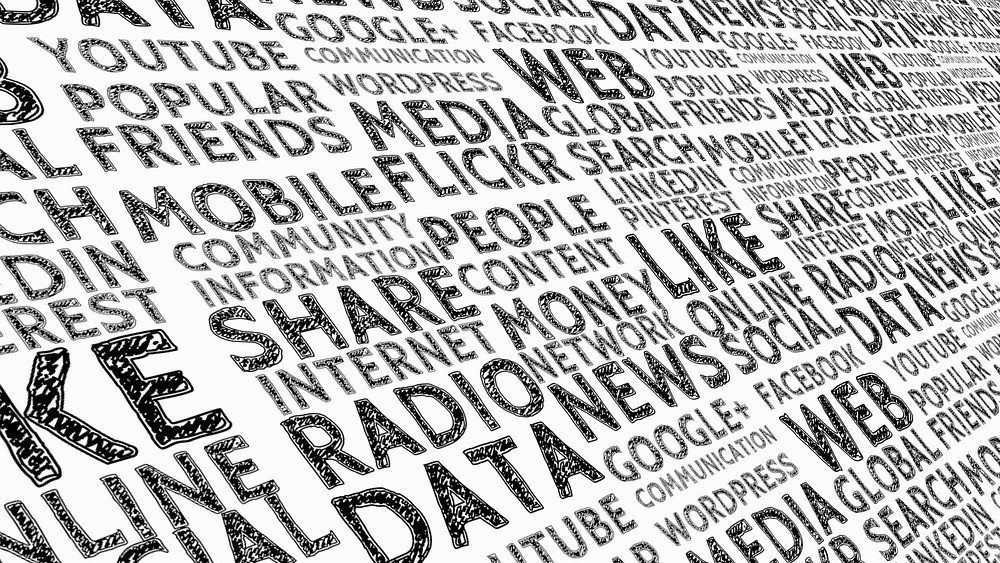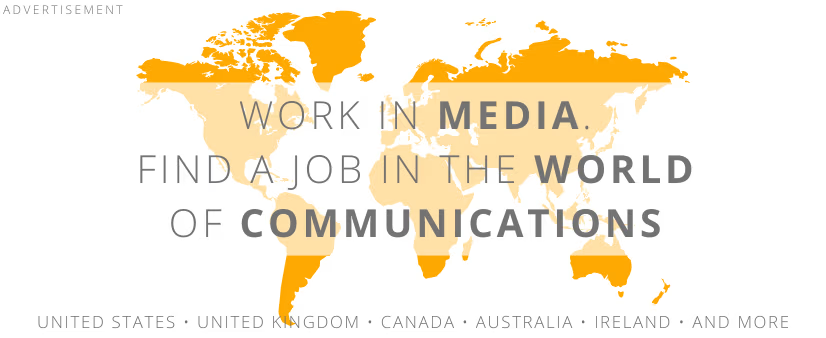 photo by Gerd Altmann/cc0/Pixabay.com
photo by Gerd Altmann/cc0/Pixabay.comPublic relations, directly translated from English, means relations with the public, and PR (or "pijar") is just those two letters with a bit of polish.
The goal of PR is to present an issue, person, or topic in the best possible light and seek acceptance and goodwill for them. Underpinning this effort should always (or almost always) be integrity.
Since the beginning of time, public figures, rulers, and ordinary or extraordinary people and institutions have cared about their image and public opinion. People strive for a good reputation and image, sometimes even excessively, in our modern world. Today, public relations is a whole industry.
The 20th century saw a boom in this field. Every respectable company or institution needed (and still needs) a person responsible for PR. Thus, public relations became a subject to learn and study. Techniques and tools emerged, from employer branding to lobbying, media relations, sponsorship, and influencer partnerships.
Today, it`s routine, with many actions that fall under "relations with the public" now known as PR. But the specific term PUBLIC RELATIONS was first used by U.S. President Thomas Jefferson in the 18th century, likely in 1787.
What about earlier centuries? Did PR exist? Was it practiced?
Of course. In ancient times, there were places where information and opinions about people and events were influenced. For example, Delphi with the Oracle or the Agora (a gathering place for wise men and gossipers).
"Vox populi, vox Dei" (the voice of the people is the voice of God) was a Roman saying, and the authorities informed the public about daily matters diligently through ACTA DIURNA, or Daily News.
In the 17th century, Pope Gregory XV established the College of Propaganda to spread Christianity and influence people.
In the same century, at its beginning, German merchants created the Weekly Merchant to share information about their goods. This was a highly effective move, and the news was quite useful.
In France, Cardinal Richelieu founded "GAZETTE" in 1631 to publish public opinions. There are many such examples, with more appearing yearly in every country.
There were more advocates for truth rather than covering up failures. "The public should be informed," said Ivy Lee, an American journalist who, in 1906, wrote the Declaration of Principles, outlining the foundations of the PR profession that still apply today. He advised the Rockefeller family not only during crises but also promoted Polish bonds in the U.S. between the wars.
PR clients have included entire nations. In 1918, Austrian-American PR pioneer Edward Bernays, who believed manipulation was necessary in society, created a favorable PR campaign for Lithuania, which had just gained independence. This helped Lithuania but harmed Poland – such is the nature of PR.
Before World War II, many PR textbooks and guides were published ("Crystallizing Public Opinion" by Edward Bernays, 1923). PR agencies, both large and small, were established. Schools and universities began offering specialized departments.
Let`s summarize the history of public relations in brief:
- Ancient Greece: oracles, gatherings, and debates in the agora
- Middle Ages: chronicles and chroniclers
- 17th century: Collegium Propagandum was established
- 1609 - a weekly merchant publication emerged in Germany to share information
- 1631 - Cardinal Richelieu established "GAZETTE"
- 1787 – the term PUBLIC RELATIONS officially emerged (Thomas Jefferson)
Subsequent eras saw efforts to create favorable images for the wealthy, although they sometimes disdained public opinion (as railway tycoon Cornelius Vanderbilt said in the 19th century, "The public be damned!").
- 1906 - Ivy Lee, an American journalist, wrote the Declaration of Principles, still in use today
- 1923 - the first PR textbook, "Crystallizing Public Opinion" by Edward L. Bernays, was published
- 1939 - A new Public Relations department was established at Boston University, sparking a wave of PR education
- 1948 - the Institute of Public Relations was founded in the UK
Examples could go on indefinitely. The PR wave began and is hard to stop. More and more companies worldwide are hiring PR professionals. PR is often confused with marketing, but that`s a topic for another article.
*****
Sources:
- http://wiadomosci.dziennik.pl/opinie/artykuly/110644,caly-ten-pijar.html
- https://rudystazysta.wordpress.com/2015/01/17/hej-pr-owco-poznaj-historie-swojego-zawodu/ https://pl.wikipedia.org/wiki/Public_relations
- http://www.preals.pl/agencja/edukacja/historia-pr/
A valuable source of knowledge is also the book by Krystyna Wójcik, "Public Relations," available in print and as an e-book.
COMMERCIAL BREAK
New articles in section History of the media
The History of The New York Times. All the news that's fit to print
Małgorzata Dwornik
In the heart of 19th-century New York, when news from across the world traveled via telegraph and the newspaper was the voice of public opinion, two ambitious journalists created a modest four-page daily that would eventually become a legend.
FORTUNE. The story of the most exclusive business magazine
Małgorzata Dwornik
Half of the pages in the pilot issue were left blank. Only one printing house in the country could meet the magazine’s quality standards. They coined the terms "business sociology" and "hedge fund". They created the world’s most prestigious company ranking. This is the story of Fortune.
History of Le Soir. A Belgian daily once free for ground floor readers
Małgorzata Dwornik
It started with an unusual sales policy and articles written personally by the king. This is where the comic hero Tintin made his name. The "fake edition" from the II World War went down in history. "Le Soir" more than once found itself targeted by authorities, censors, and even... terrorists and hackers.
See articles on a similar topic:
Nexta, or Someone. History of an opposition title from Belarus
Małgorzata Dwornik
The very first rebellious post on the music channel Nexta, run by a seventeen-year-old, did not escape the attention of the Belarusian KGB. The next ones - describing events uncomfortable for the authorities - led to open conflict. Stsiapan Putsila and his Nexta became a target of the Minsk regime. And they have no intention of backing down.
Bravo. History of a sixty-year-old magazine for the youth
Małgorzata Dwornik
The idea of creating a newspaper for the "crazy kids" of the 1950s and 60s turned out to be a bullseye. Music and film stars, important topics and taboo-breaking pieces that flirted with scandal - that was the recipe for success. Circulations in the millions are now a thing of the past, but BRAVO still manages to reach teenagers. It’s building its presence on social media.
Thai Rath. History of Thailand’s oldest newspaper
Małgorzata Dwornik
A newspaper once attacked with grenade launchers reached over a million copies in circulation. Its founder built schools and chartered planes to print boxing match photos faster than the competition. Thai Rath isn’t just a paper. It’s a media empire born... just in case.
Dorothy Day story. Journalist, feminist and saint candidate
Małgorzata Dwornik
She fought poverty with fire, defied war with silence, and prayed with clenched fists. Dorothy Day, once a communist and always a fighter, now walks the path to sainthood. Her journey from rebellion to devotion still divides and inspires. This is the story of "the rebel saint".





























